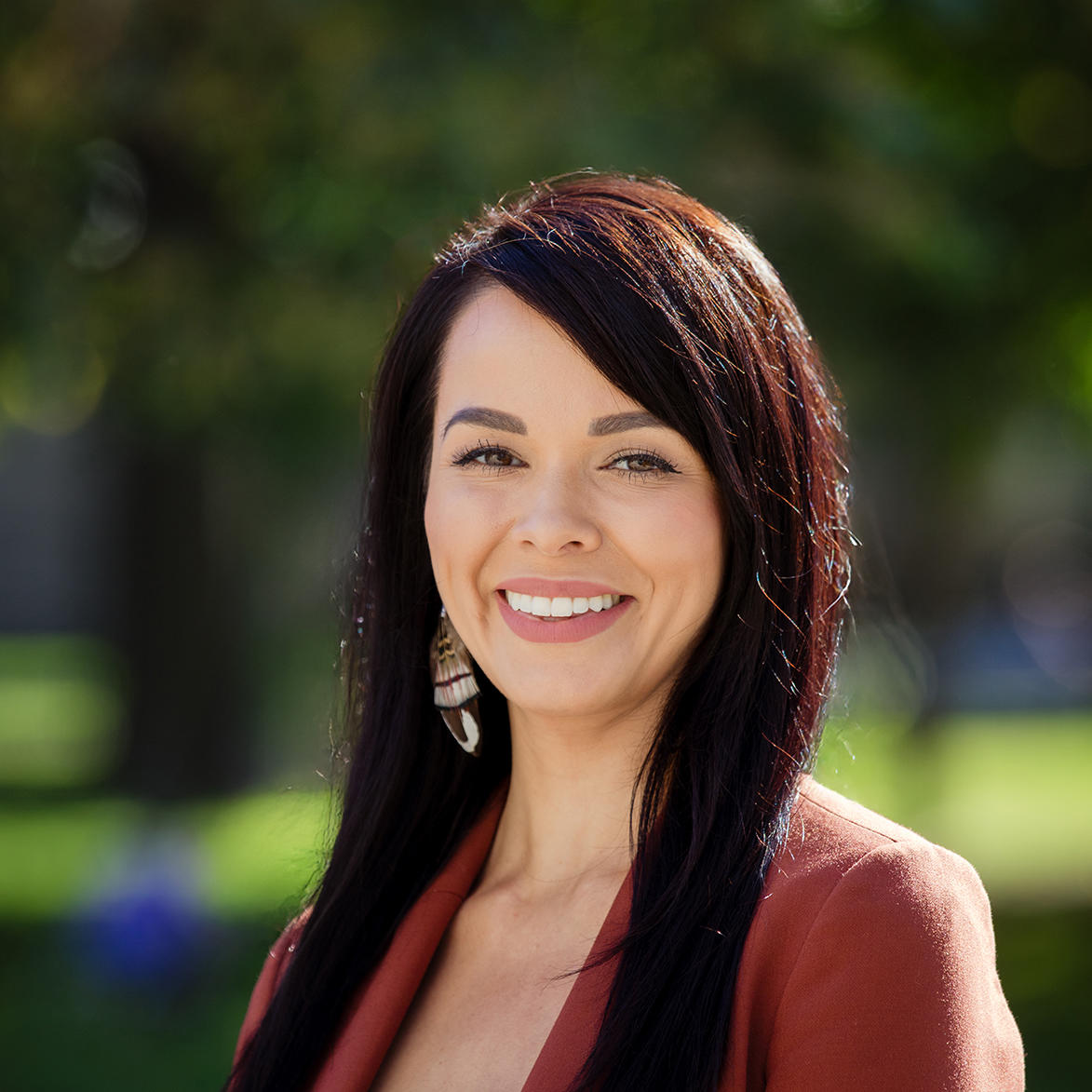This year, during National Indigenous History Month, uOttawa is deepening that commitment by spotlighting its 2025–2030 Indigenous Action Plan—a call to reflect on where we are and where we want to go.
Rooted in the teachings of the wìgwàm, the traditional Anishinaabeg dwelling, the plan is built around four interconnected “hoops.” Like the curved poles of a wìgwàm, each hoop strengthens a key area of transformation: the institution, academic programs, physical space and community. This article, the first in a four-part series, introduces the new plan and its first hoop: Institutional change—policy, procedures and systems.
Why the Indigenous Action Plan matters to the uOttawa community
When Tareyn Johnson arrived in 2017 as uOttawa’s first director of Indigenous Affairs, she stepped into a new role with no blueprint. Drawing on her experience in Indigenization, her office drafted a bold and ambitious road map, the first version of the Indigenous Action Plan, offering direction to those ready to act.
That plan laid the groundwork. “Some people followed it to the letter,” Johnson explains. “Others used it as inspiration to create their own goals.” As more faculties and services engaged with the plan, it became clear that a second edition was needed. The second plan builds on institutional momentum and shifts the approach: it’s grounded in collaboration with both Indigenous and non-Indigenous community.
Before drafting the new version, Johnson and her team launched a campus-wide consultation. They listened, took detailed notes, and brought the ideas back to the University community for review and refinement. “The new hoop points come straight from the people doing the work,” she says. “It’s not a list handed down from Indigenous Affairs. It’s a reflection of what the institution is ready for.”
She believes uOttawa is ready for more change—not just in principle, but in practice. “This plan helps people envision their path forward,” she says.

“This plan helps people envision their path forward.”
Tareyn Johnson
— Director of Indigenous Affairs
Key shifts and results from the first Indigenous Action Plan
The 2025–2030 plan builds on lessons from the first version. Some hoop points were completed and removed; others were refined or replaced to better reflect the institution’s structure and priorities. New directions emerged from what faculties and services had already tried—and what they were ready to take further.
Several changes are already tangible. Hoop 2—focused on physical space—moved quickly thanks to strong collaboration with Facilities. “They added Indigenous consultation requirements to all their project proposals,” says Johnson. “This led to public art, campus street renaming and a stronger Indigenous presence,” she says. “This kind of visible, artistic presence is what I call passive engagement. People don’t have to register—they simply engage with Indigenous worldviews through their environment.”
Another major outcome is the creation of the Institute of Indigenous Research and Studies as a standalone field. Previously part of a broader program, it now affirms Indigenous-led research and curriculum at uOttawa.
The new plan offers direction while allowing each unit to adapt to its context. “It’s not just our office directing people,” Johnson says. “It’s the institution recognizing its own capacity for change.”
Hoop 1: Institutional change at uOttawa
The first hoop in the 2025-2030 Indigenous Action Plan focuses on the institution itself—its systems, policies and internal culture. This is where many staff and administrators connect most directly to the plan. The emphasis is specifically on retention, onboarding and how the University structures its support systems.
For example, uOttawa Human Resources is integrating Indigenous content into onboarding for new faculty and staff. “We meet with HR to develop mandatory onboarding that introduces Indigenous cultures, histories and ways of working—not just as content, but as perspective,” Johnson says.
Hoop 1 encourages people to see how professional development, wellness, and support services are connected. Johnson references the holistic Anishinaabemowin concept of mno bmaadiziwin, a good life, lived in balance. “It means all these parts of your life and work are woven together. That’s what we’re trying to reflect in how the institution functions.”
Hoop 1 also includes increasing Indigenous representation in governance, improving financial systems, and strengthening recruitment expertise. An Indigenous finance strategy is in development, with the goal of eventually being adopted across campus.
“This hoop asks the institution to look inward,” says Johnson. “To revise how it works, how it supports people and how it welcomes Indigenous perspectives into its day-to-day operations.”
How staff and professors can engage with the Indigenous Action Plan
The Indigenous Action Plan is for everyone—academics, services, governance and administration—not just leadership.
It guides those who want to engage with Indigenization and decolonization but aren’t sure how. “It shows what our priorities are, where we’re coming from and how we see our needs,” says Johnson. “That helps people connect the dots.”
As National Indigenous History Month unfolds, Hoop 1 reminds us that institutional change doesn’t happen all at once. It happens policy by policy, decision by decision, conversation by conversation. The Action Plan offers a way forward, inviting everyone to take part.


